A Wake-Up Call From the Book of Esther A Wake-Up Call From the Book of Esther
Michael Eisenberg
Translated by Rena Siev Edited by Elli Fischer

Michael Eisenberg
The Vanishing Jew A Wake-Up Call From the Book of EstherTranslation from Hebrew: Rena Siev Editor: Elli Fischer
Cover: Micky Friedman Typesetting: Sheffi Paz, Agata All rights reserved by Michael Eisenberg
Table of Contents
Introduction by Rabbi Binyamin Lau 7
Acknowledgements 34
Timeline: From the Conquest of Judah to the End of the Persian Era 37 Historical Background: From the Lower Classes to the Fleshpots 38 It Happened in the Days of Ahashverosh 42
In Shushan the Capital Lived a Jew 66
Mordechai Would Not Kneel or Bow Low 92
Do Not Imagine that You Will Escape With Your Life 113 If it Please Your Majesty 133
Sleep Deserted the King 149
They Hanged Haman on the Beam 169
Mordechai Left the Kings Presence 182
Because the Fear of Mordechai had Fallen upon Them 195 Popular with the Multitude of his Brethren 210
Until One is Unable to Distinguish: Why Do We Celebrate the Holiday of
Purim? 215
Afterword 235
Epilogue: A Jewish Wake-Up Call: From Purim-Era Persia to the Modern
United States 264
English Translation of the Book of Esther 272
By Rabbi Binyamin Lau
In much wisdom is much grief, and he that increases knowledge, increases sorrow
(Kohelet 1:18)
Escaping from the Tree of Knowledge
A person is obligated to become intoxicated on Purim. There is an important mitzvah for one to become so drunk on Purim that he cannot distinguish between Mordechai is blessed and Haman is cursed. A Talmudic anecdote (BT Megilah 7b) relates the story of two sages who shared a Purim feast and drank a great deal of wine. When one sage was especially inebriated, he got up and killed his friend. The next day, he petitioned God to have mercy on his friend, and his friend returned to the living. The next year, this same scholar asked his friend to once again join him for the festive Purim meal. His friend replied, Miracles do not happen every day. This obviously extreme story describes the intense Purim intoxication that was prevalent in Talmudic times. For better or worse, there is no doubt that drunkenness is a symbol of this holiday.
If we examine the inner significance of the practice of drinking until drunk, we can say that it represents the radical renouncement of self-control and the desire to escape to a world that is not governed by knowledge and understanding. This is the religious dimension of Purim: it mocks earthly kingdoms that presume omnipotence. By abdicating control of the body through alcohol and reading the events of the Megilah, the reveler asserts that there is a different Ruler in charge of everything, including ones very own self. Release from the fetters of self-control through drinking is an attempt at self-criticism. It is as though one says to himself: Stop trying to control everything; you are an insignificant object, acted upon in the immensity of a world concerned with far greater things. R. Shagar zl articulated this idea as follows: This drunkenness of destroyed values, of cannot distinguish between blessed and cursed, marks, more than anything else, the postmodern era in which we live: the chaos that threatens culture in general, and Jewish society in particular; the disintegration of the subject and his values; the fragmented nature of postmodernity that is really just the crumbling of society; and its merry and drunken approach to life, a carnivalesque, pluralistic, variegated depiction of reality.1
This dimension of Purim is so confusing and confounding that it is itself emblematic of the inability to distinguish between a blessing and a curse. Instead of devoting ourselves to dealing with serious questions and a Jewish self-accounting, we spend our time mocking the significance and magnitude of life. The wine helps us to forget, divert our attention, and pollute our hearts. This is obviously tragic, because every drunken night is followed by a morning hangover. At the end of the night, the sun rises, and with it man awakens to his day, to his job, and to his life. He regains awareness of everything he tried to escape.
1 R. Shimon Gershon Rosenberg (Shagar), Pur Hu Ha-Goral: Drashot Le-Purim, Beit El 2005, pp. 50-51.
The Pursuit of Understanding
Michael Eisenberg seeks to unmask the holiday of Purim, to sober up from the wine, and to restore awareness and understanding to human life. His down-to-earth reading of the Megilah brings the reader to new insights, and this mindfulness ushers in anxiety and fear. The Vanishing Jew was written by a man who is deeply rooted in the real world and connected to the realm of economic and political thought; he draws inspiration from the world of Torah in all of its layers and strata. He beholds Megilat Esther, with all of its ridiculous characters, and does not laugh at all; he identifies in the storys folly the tale of a Jewish nation assimilating in a foreign empire and denying responsibility for itself and its mission. His pen does not spare anyone from criticism, not even Mordechai and Esther.
Eisenberg has reintroduced and sharpened a longstanding disagreement regarding the character, motives, and actions of the Megilahs hero, Mordechai the Jew. This disagreement goes back to the days of the Talmud and was addressed by medieval commentators, as well as the likes of R. Yitzhak Reggio, a leader of the Wissenschaft Des Judentums movement in the nineteenth century. Mordechais character has been treated in contemporary scholarship as well. According to this reading, behind the joyous mask of the Megilah lurks a story of assimilation and destruction. It is a story that exposes self-deprecation in the face of a foreign empire, marked by a loss of Jewish identity and the adoption of the names, customs, and values of the Persians. Eisenberg asks us to try and read the Megilah as if for the first time: to closely examine the words of the Megilahs characters and pay careful attention to the hints planted in the text by the Megilahs author, who wrote this story with an awareness of both the storys place on the continuum of Jewish history, and an intimate knowledge of the Tanakh (the Jewish Bible) and its foundational stories. This reading tears away the Megilahs jolly mask and exposes the authors piercing criticism.
The initial crisis that confronts the Jews culminates in the edict that calls for their destruction. This is the moment where all pretenses are dropped and reality is exposed. This unmasking is the polar opposite of the Purim masquerade; this sobering realization is in complete contrast to intoxication. The phase of drunkenness and costumes is the stage of lost identity and Gods concealment. This is the stage in which the Jews seek to assimilate in an alien land, forget who they are, and allow the memory of a glorious past to evaporate. The kings ring that is handed over to Haman transforms Mordechai from a man who sits at the kings gate into a Jew who wears sackcloth and ashes and screams out a loud and bitter cry.
Eisenberg is endowed with an additional perspective: that of a Jew living in Israel who was brought up and educated in the Diaspora, and who maintains many professional and personal contacts there. This unique point of view, from a person comfortably ensconced in two very different worlds, charges his words with pain, worry, and hope, as well as a feeling of urgency and clarity that, perhaps, guided the Megilahs author as well. According to Eisenbergs exposition, the Megilahs author did not withhold his critique from anyone in writing a stinging narrative that cautions Diaspora Jews against the attractions of a rich and contented life that inevitably results in a catastrophic identity crisis.
Next page

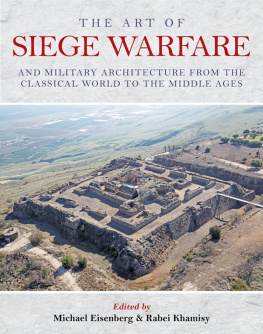
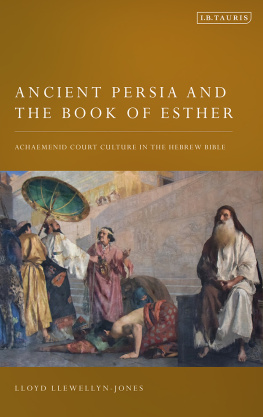
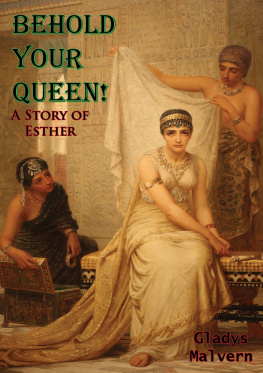
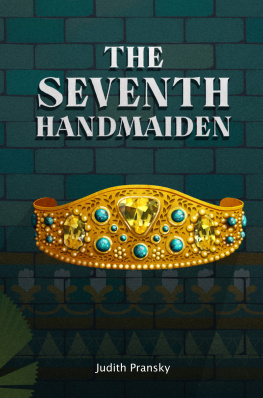
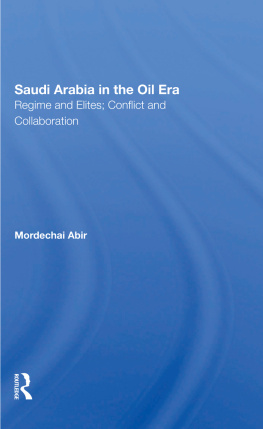
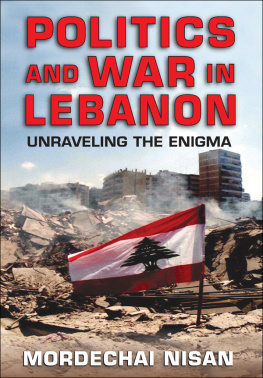

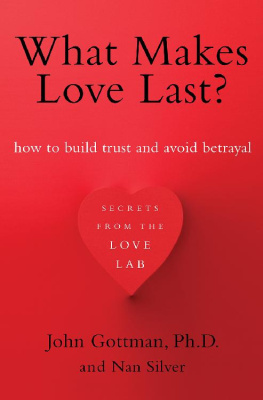

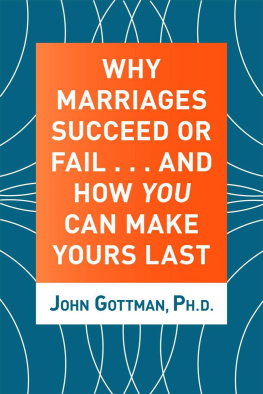
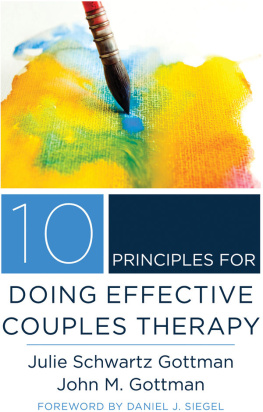

 Michael Eisenberg
Michael Eisenberg